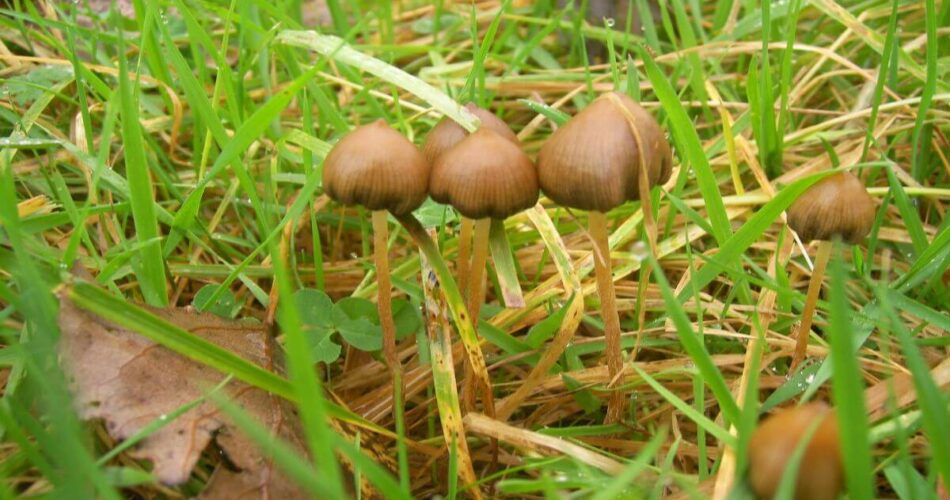In this post, we’ll take a closer look at Pluteus brunneidiscus, including its appearance, distribution, and psychoactive properties. So if you’re interested in learning more about this interesting mushroom, keep reading!
Have you ever found a mushroom in the forest and wondered if it was safe to eat? With over 10,000 species of mushrooms in North America, it can be difficult to identify every type. However, there are a few general characteristics that can help you determine what type of fungi it is. Today we will talk about the Pluteus brunneidiscus.
Pluteus Brunneidiscus – History
Pluteus brunneidiscus is a species of a fungus in the Pluteaceae family. It was first described scientifically in 1917 by a famous American mycologist William Alphonso Murrill. This species is also known as a Pluteus washingtonensis.
Pluteus Brunneidiscus – Morphology
The pileus and stipe are without blue-green tinges. The brown cap is generally darker at the center, with specimens ranging from small to medium-sized. This species is rare and not popular among mushroom hunters.
Pluteus Brunneidiscus – Habitat
These mushrooms can be found on wood of broad-leaved trees, solitary, in the U.S. and Spain. They grow from June to November. This species is saprobic, meaning that it derives its nutrients from decomposing organic matter.
Does Pluteus Brunneidiscus Contain Psilocybin?
Yes, Pluteus brunneidiscus is considered to be a psychedelic mushroom. Psilocybin is the main psychoactive compound in Pluteus brunneidiscus. When consumed, it can produce hallucinations and an altered state of consciousness. The amount of psilocybin in this species is not known, and it is difficult to determine how potent it is. This is why it’s not a popular choice as a magic mushroom.
Now you know everything about the Pluteus brunneidiscus – a psilocybin mushroom from the Pluteus genus. Remember that psychedelic mushrooms should not be consumed without proper knowledge and experience. Thanks for reading!
Similar Posts:
- Pluteus Glaucus: Rare Mushrooms Species
- Pluteus Americanus Mushroom: Characteristics, Habitat, Morphology, Growth, Legality & Benefits
- Pluteus Nigroviridis: Is P. Nigroviridis Potent? All You Should Know About Shrooms
- Pluteus Salicinus Mushroom: About the Willow Shield Shroom (Knackers Crumpet)
- The Truth About the Psychedelic Mushrooms Known as Pluteus Cyanopus
- Psilocybin Mushroom: Where to Find Magic Mushrooms? Where Do Magic Mushrooms Grow?
- Magic Mushrooms: How to Identify Magic Mushrooms and Types of Magic Mushrooms




